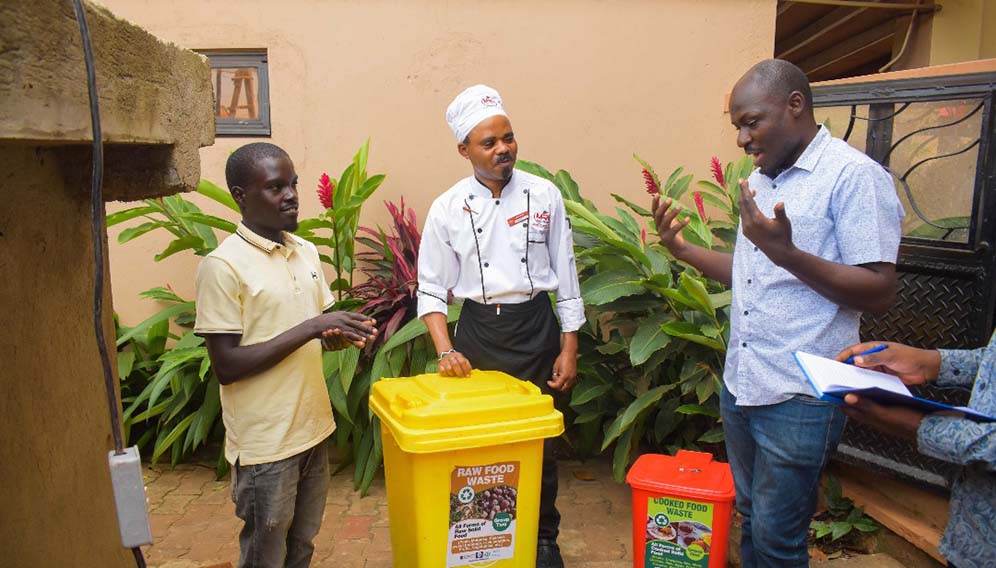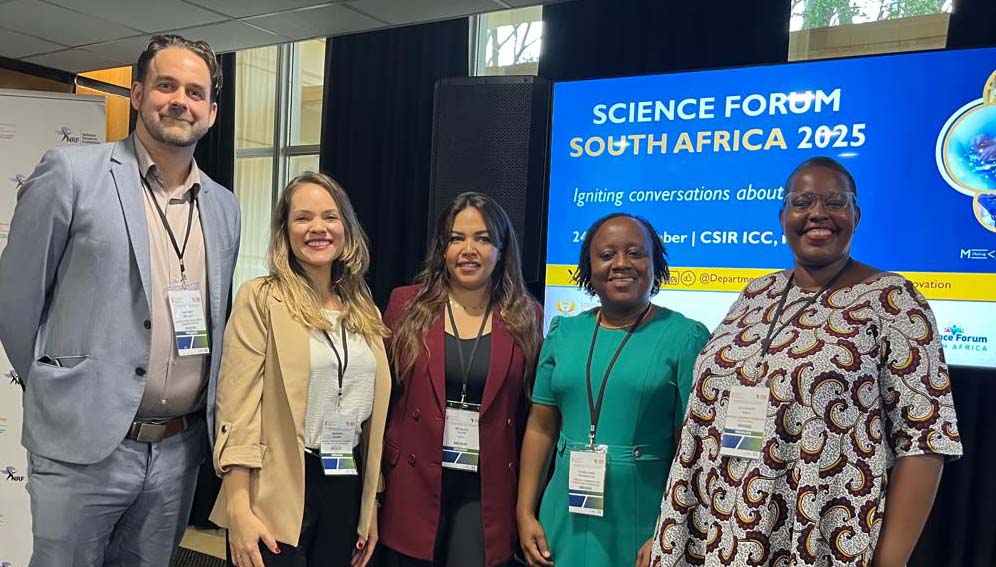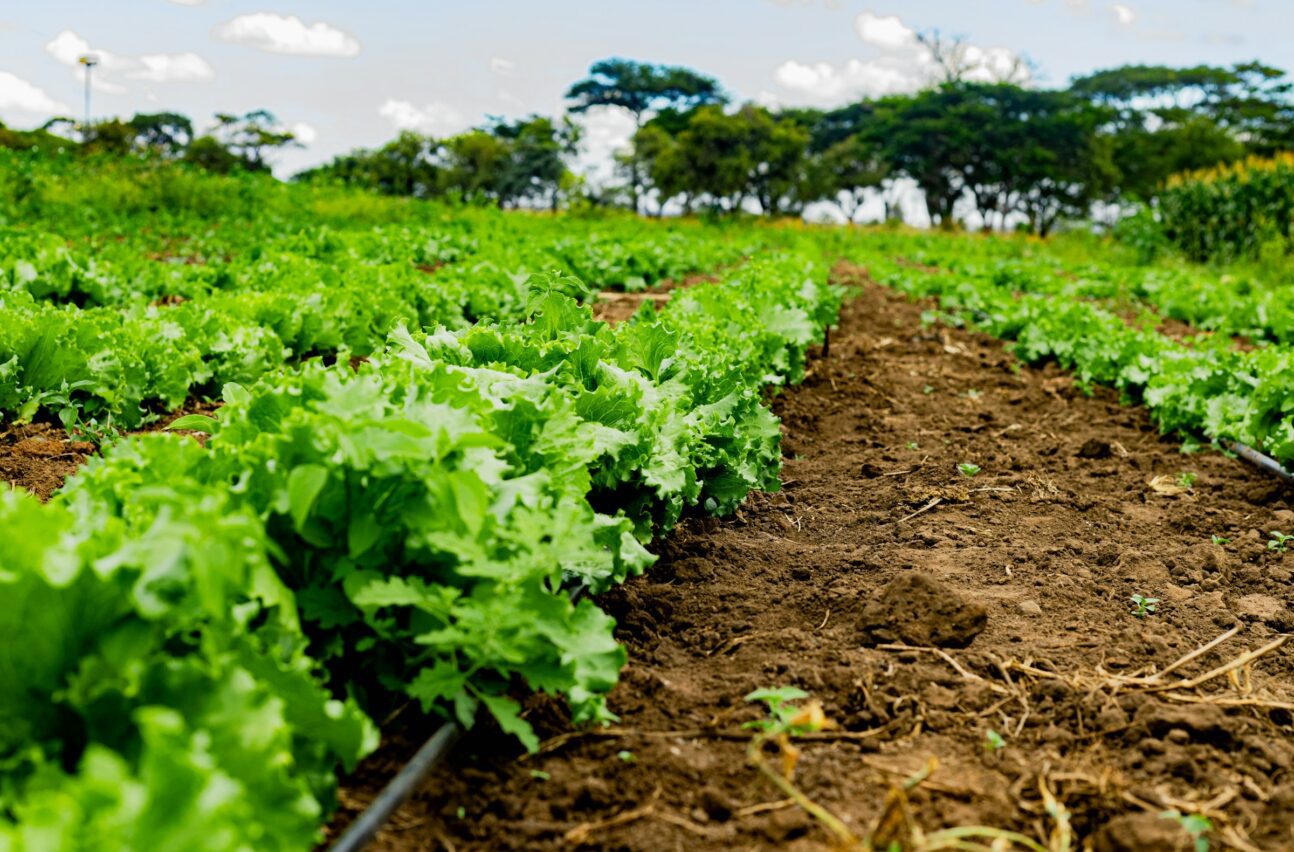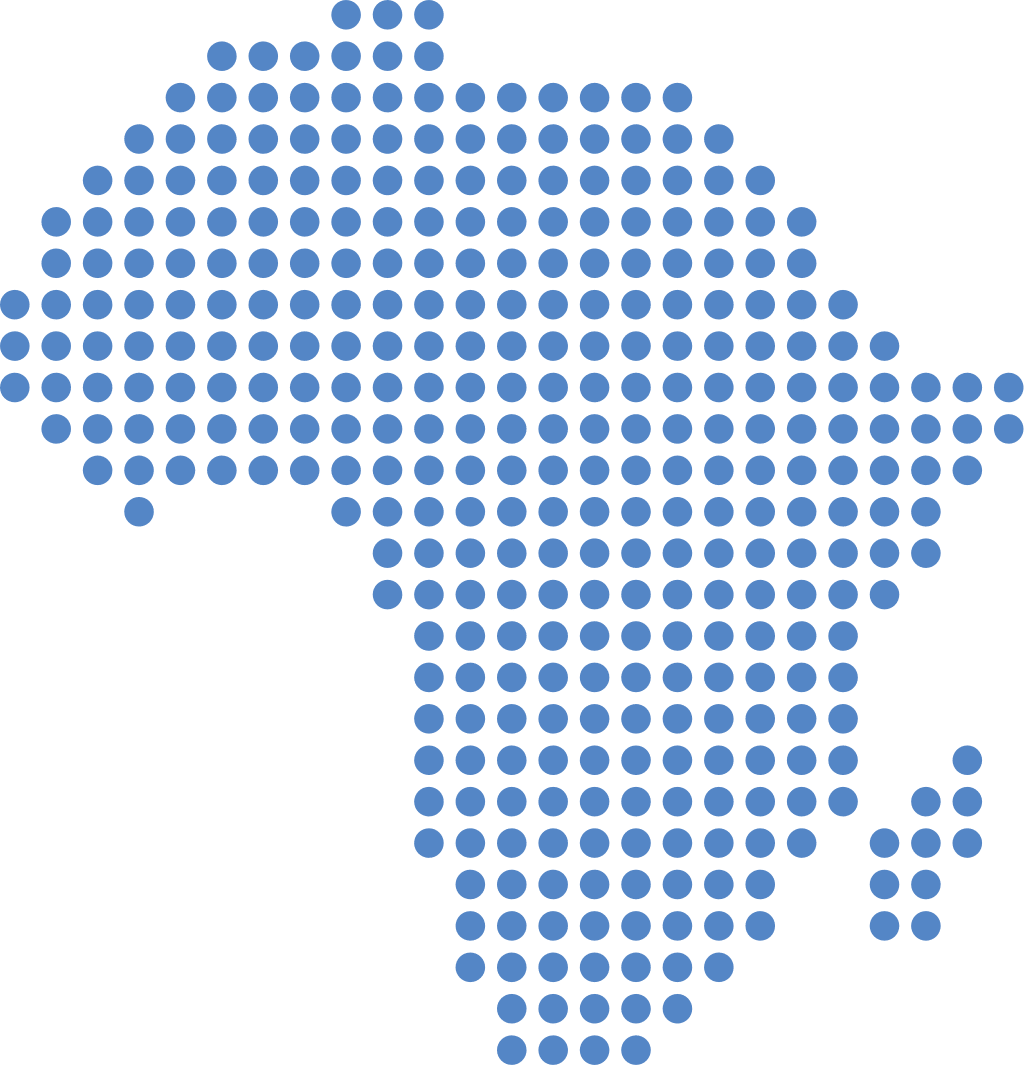SGCI News
[KUMASI, GHANA, SciDev.Net] For years, frontline nurses at community-based health planning services have been forced to improvise with limited resources, no labs, no ultrasound machines, and sometimes no electricity. When…
- Ghanaian researchers develop mobile app to connect rural communities to healthcare services
- The app works offline and enables real-time referrals
- Scaling up requires funding and policy support
[KUMASI, GHANA, SciDev.Net] For years, frontline nurses at community-based health planning services have been forced to improvise with limited resources, no labs, no ultrasound machines, and sometimes no electricity.
When complications arose, patients needed to travel to better-equipped hospitals, often several kilometres away.
“We see cases where pregnant women are transported on bicycles or motorbikes to reach care,” says Emmanuel Ahene, a medical consultant CHPS-community based health planning service.
“It’s not uncommon.”
The statistics paint a stark picture — across four northern districts only six per cent of facilities could provide basic emergency pregnancy care, with just three per cent offering comprehensive services.
Among women who died or nearly died during childbirth, 39 per cent delivered at facilities unequipped for emergencies.
Now, researchers at Kwame Nkrumah University of Science and Technology (KNUST) in southern Ghana have developed a mobile application that could transform this reality.
Bridging the digital divide

The National Health Access Platform app
The app, called the National Health Access Platform, is designed to help rural communities connect to life-saving services quickly and reliably, improving referrals and reducing delays in care.
“We wanted to bridge the accessibility gap,” explains Rose-Mary Owusuaa Mensah Gyening, from KNUST, the project’s lead researcher.
“We focused on features that support basic care, enable real-time referrals, and provide culturally appropriate health information.”
The app allows community health workers and patients to book hospital appointments, consult higher-level facilities, access health information in local languages, and receive remote consultations.
Healthcare facilities can update service availability and manage referral queues in real time.
Users can locate the nearest clinic or hospital through a map-based interface, view available services, and initiate electronic referrals. Crucially, information is stored locally on devices and automatically syncs when internet connectivity returns.
“It works even where network coverage is poor,” Gyening adds.
At the facility level, administrators can update which services are operational each day, enabling health workers in remote areas to make more informed referrals.
Daniel Ansong, a paediatrician and public health specialist on the team, illustrates the problem with a common scenario.
“A … compound near Kpando [a town in eastern Ghana] sees a pregnant woman who needs an ultrasound. She’s sent to Kpando, arrives by 9:30 a.m., and is told the ultrasound isn’t working. She goes to Hohoe [a town an hour’s drive from Kpando] and is told services are closed until morning.”
With the app, he says, “the nurse can inform her that Kpando’s ultrasound operates on Wednesdays, Hohoe’s on Thursdays, and refer her appropriately”.
Community-centred development
The project operates under Ghana’s Ministry of Environment, Science, Technology and Innovation, with KNUST leading development through funding from the Science Granting Councils Initiative, an Africa-wide programme for science funding.
Before building the app, the team conducted extensive consultations with health staff, hospital managers, and National Health Insurance Scheme (NHIS) officials. Field testing was conducted across all 16 regions of Ghana.
“We didn’t just build an app and deploy it,” Gyening says.
“We spoke to people working in the system — district directors, midwives, and even ambulance staff.”
This approach resulted in a tool designed to address real, day-to-day challenges in underserved communities.
Scaling challenges and solutions
While the app is fully functional, nationwide scaling presents significant hurdles.
“Not all underserved communities have internet access,” Gyening says.
“We address this by making some functionalities available offline. But to take full advantage of the app’s benefits, internet access is eventually needed.”
The team believes sustainability depends on institutional support.
“KNUST can provide updates and technical support through our teams, but public-private partnerships and policy backing are essential for scale,” Gyening says.
Ansong adds, “If NHIS integrates with the app, patients won’t face double charges. And if the Ghana Health Service mandates participation, we can achieve national coverage.”
Joshua Ofoeda, a senior lecturer and head of IT at the University of Professional Studies, Accra, supports the initiative as “a forward-thinking approach to addressing health needs in underserved communities, especially rural Ghana”.

Developers looking at the code of the National Health Access Platform app
He suggests the team consider adding text-to-speech functions to support users with disabilities.
The researchers believe the app could benefit neighbouring countries facing similar healthcare challenges.
“West Africa’s healthcare systems face the same constraints, distance, staff shortages, and weak infrastructure,” Ansong observes. “If it works here, it can work in Burkina Faso or Nigeria too.”
Research supports this potential. Studies show that across the region, women are more likely to deliver at home, with 44 per cent citing transport challenges or long distances to health facilities.
In Nigeria, a 2023 study found rural women are more than twice as likely as urban women to deliver at home after suboptimal antenatal care visits.
Looking forward
“We are hoping for the day when these applications and technologies are fully accepted by people,” Gyening says.
“The keyword has always been to support caregivers, not replace them.”
The team is now preparing stakeholder workshops and engaging with national agencies to integrate the app into Ghana’s broader health infrastructure — a critical step toward transforming healthcare delivery in one of the world’s most underserved regions.
This piece was produced by SciDev.Net’s Sub-Saharan Africa English desk.
Related News
Innovation highlight series: part three
Across Africa, locally driven research is delivering practical solutions to some of the continent’s most pressing development challenges, from food security and clean energy to livelihoods and industrial efficiency. Supported by the Science Granting Councils Initiative (SGCI), these innovations show how targeted funding, skills development,…
Powering Africa’s science through stronger councils
Strengthening national science granting councils is emerging as one of the most effective pathways for improving how African countries finance and govern science for development. This was the focus of the thematic session on Financing Science for Impact held during the Science Forum South Africa…
Councils seek solutions to research financing crisis
African countries are working to strengthen research quality, ethical practice, and grant management through the Research Excellence and Good Financial Grant Practices Workshop. The Science Granting Councils Initiative (SGCI), together with the Association of African Universities and Senegal’s Ministry of Higher Education, Research and Innovation,…
SGCI funded projects
Rwanda’s integrated approach to sustainable agriculture and nutrition
Project Titles & Institution Areas of Research Number of Projects being funded Project Duration Grant Amount In-Kind Distribution Council Collaboration with other councils





